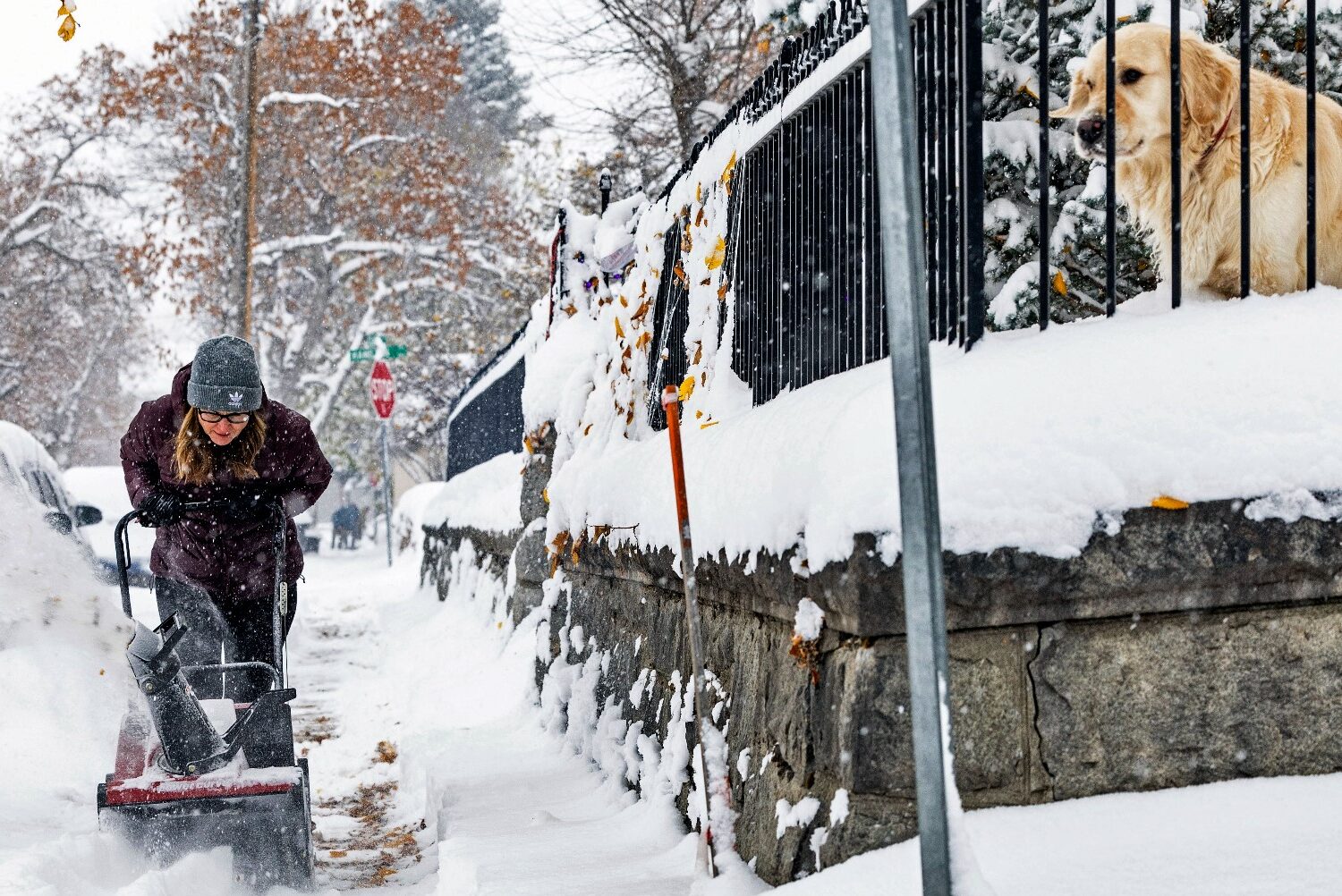
Donations will provide immediate relief to those affected by the recent lake-effect snowstorms, including emergency shelter, food, and medical supplies. Funds will also support long-term recovery efforts such as rebuilding homes, restoring infrastructure, and offering mental health services to help communities heal.
In early December 2024, intense lake-effect snowstorms battered the Great Lakes region, particularly impacting areas in Michigan, Ohio, Pennsylvania, and New York. Some communities experienced snowfall accumulations of up to 6 feet, leading to widespread power outages, structural damage, and multiple fatalities. Emergency services have been working tirelessly to rescue stranded individuals and provide aid to those affected.
Beginning in late November and continuing into early December 2024, a series of powerful lake-effect snowstorms swept across the Great Lakes region. These storms occur when cold air moves over the warmer waters of the Great Lakes, picking up moisture and depositing it as heavy snowfall on the leeward shores. The most affected areas included parts of Michigan, Ohio, Pennsylvania, and New York.
In Michigan, intense snow bands led to significant accumulations, causing hazardous travel conditions and numerous accidents. Ohio’s Ashtabula and Lake counties experienced up to 5 feet of snow, prompting a state of emergency and the closure of major highways such as Interstate 90. Pennsylvania’s Erie County faced similar challenges, with the National Guard assisting in rescue operations and snow removal efforts. New York’s western regions, particularly areas south of Buffalo, were buried under several feet of snow, leading to travel bans and widespread disruptions.
The severity of these storms resulted in multiple fatalities, including incidents where individuals suffered heart attacks while shoveling snow. Infrastructure damage was extensive, with reports of roof collapses and power outages affecting thousands of residents. Emergency responders have been working around the clock to clear roads, restore power, and provide essential services to those in need. The recovery process is ongoing, with communities rallying together to support one another during this challenging time.